Motorcycle helmet size with this easy guide to measuring and fitting, never buy the wrong size again
A helmet is the most crucial safety gear a motorcyclist can have. It provides unmatched protection and is the best investment for accident safety. Therefore, choosing a helmet shouldn't be about finding the cheapest or the most stylish option. Instead, riders should prioritize getting a top-rated, well-fitting helmet that fits within their budget. Maybe you've found your favorite motorcycle helmet but don't know what size to choose, it's okay, we can solve your problem.
Types of Motorcycle Helmets
Motorcycle helmets are available in different styles, each designed to meet specific rider needs. No matter what you're looking for, there are plenty of choices to suit your preference.
Full-Face Helmets: These provide the most comprehensive protection, covering the entire head and face. They're ideal for high-speed riding and offer excellent impact resistance.
Open-Face Helmets: Also known as 3/4 helmets, these cover the top, back, and sides of the head but leave the face exposed. They offer good protection while providing more ventilation and a wider field of vision.
Modular Helmets: These are hybrid designs that combine the benefits of full-face and open-face helmets. They have a flip-up chin bar, allowing riders to switch between full protection and more openness as needed.
Half Helmets: Covering only the top of the head, these helmets offer the least protection but are popular for their lightweight and minimalist design, often favored by cruiser riders.
Off-Road Helmets: Designed for motocross and off-road riding, these helmets have an elongated chin bar for additional protection and ventilation, as well as a sun visor to shield the rider's eyes from debris and sunlight.
Dual-Sport Helmets: Combining features from both off-road and full-face helmets, these are versatile options for riders who enjoy both on-road and off-road adventures.

Smart Motorcycle Helmets: Can They Reduce the Risk of Injury?
In recent years, smart motorcycle helmets have emerged as innovative solutions designed to enhance rider safety. These helmets incorporate advanced technology to provide features that go beyond traditional protection.
Integrated Communication Systems: Some smart helmets come with built-in Bluetooth capabilities, allowing riders to communicate with others, listen to music, or receive GPS directions without taking their hands off the handlebars.
Heads-Up Display (HUD): This feature projects essential information such as speed, navigation, and notifications onto the helmet's visor, helping riders keep their eyes on the road.
Impact Sensors: These sensors can detect a crash and automatically send an alert to emergency contacts or services, potentially saving valuable time in critical situations.
Noise Cancellation: Reducing wind and road noise can help riders stay focused and reduce fatigue, enhancing overall safety on long rides.
Camera Systems: Some smart helmets are equipped with front and rear cameras to record rides, which can be useful for reviewing incidents or capturing scenic journeys.
The MC1 Pro smart helmet from LIVALL comes packed with features. What's special about it is the fall warning and the SOS button, which can call for help in an emergency.

Motorcycle Helmet Dimensions
A helmet that fits well will not only be more comfortable but also provide better protection in the event of an accident.
Circumference: Measure the circumference of your head by wrapping a flexible tape measure around the widest part, typically just above the eyebrows and around the back of the head.
Helmet Shape: Helmets come in different internal shapes, such as round, intermediate oval, and long oval. Matching the helmet shape to your head shape is crucial for comfort and fit.
Chin Strap Length: The chin strap should be long enough to secure comfortably under your chin but not so long that it dangles excessively.
Helmet Height: This dimension refers to the distance from the top of your head to the base of your skull. A properly fitting helmet should sit level on your head and cover your forehead without obstructing your vision.
Cheek Pads: These should fit snugly against your cheeks without causing discomfort. They provide additional stability and reduce helmet movement during rides.
Shell Size and Liner: Helmets often come in different shell sizes with removable and adjustable liners to fine-tune the fit. Make sure the shell size corresponds to your head size and the liner fits snugly but comfortably.

How Do You Know Your Motorcycle Helmet Size?
Determining your motorcycle helmet size involves a few straightforward steps. Accurate measurement ensures that you get the best fit for maximum safety and comfort.
You will need a flexible tape measure or a piece of string and a ruler.
Wrap the tape measure around your head, just above your eyebrows and ears, making sure it is level all the way around. If using a string, mark the point where it overlaps, then measure the string with a ruler.
Look in the mirror or ask a friend to help you determine if your head shape is round, intermediate oval, or long oval. This will help you choose a helmet that matches your head shape.
Different brands may have slight variations in sizing, so always check their specific chart.
| Helmet Size | Head Circumference (inches) | Head Circumference (cm) | Hat Size |
|---|---|---|---|
| XS | 20.87 - 21.26 | 53 - 54 | 6 5/8 - 6 3/4 |
| S | 21.65 - 22.05 | 55 - 56 | 6 7/8 - 7 |
| M | 22.44 - 22.83 | 57 - 58 | 7 1/8 - 7 1/4 |
| L | 23.23 - 23.62 | 59 - 60 | 7 3/8 - 7 1/2 |
| XL | 24.02 - 24.41 | 61 - 62 | 7 5/8 - 7 3/4 |
| XXL | 24.80 - 25.20 | 63 - 64 | 7 7/8 - 8 |
| XXXL | 25.59 - 25.98 | 65 - 66 | 8 1/8 - 8 1/4 |
Once you have your measurements, try on helmets in the determined size. The helmet should feel snug but not overly tight. It should sit squarely on your head, with the top of the helmet's eye port just above your eyebrows.
Fasten the chin strap and move the helmet from side to side and up and down. Your skin should move with the helmet, indicating a good fit. There should be no gaps between your head and the padding.
Wear the helmet for at least 15-30 minutes to identify any pressure points that could cause discomfort during longer rides.

What If Your Helmet Size Is Between Two Sizes?
Finding that your helmet size falls between two available options can be tricky, but there are ways to ensure you still get a secure and comfortable fit.
If you're between sizes, it's generally better to opt for the smaller size. Helmets tend to break in and become slightly looser over time as the padding conforms to your head shape.
Some helmets come with removable or adjustable padding. You can customize the fit by adding or removing padding inserts to achieve a snug fit.
Consider purchasing aftermarket liners or pads that can help fine-tune the fit of your helmet. These are available in various thicknesses and can be placed strategically inside the helmet.
Look for helmets with advanced retention systems that allow for fine adjustments. These systems can help secure the helmet more effectively and improve overall fit.
Different brands have different fits, so don't hesitate to try helmets from various manufacturers. You might find that one brand's sizing suits you better than another's.

Should Motorcycle Helmets Be Larger or Smaller?
When choosing a motorcycle helmet, it's essential to find the right balance between too tight and too loose.
A helmet should fit snugly around your head without being painfully tight. It should make contact with most areas of your head and face without creating uncomfortable pressure points.
Keep in mind that helmets will loosen up slightly over time as the interior padding conforms to your head shape. A snug fit initially is necessary to ensure a proper fit later.
A properly fitting helmet should not move around excessively when you shake your head. If it shifts easily, it’s too large and will not provide adequate protection in an accident.
The chin strap should be secure enough to hold the helmet in place without being too tight. You should be able to fit no more than two fingers between the strap and your chin.
Ensure the helmet covers your forehead without obstructing your vision. The back of the helmet should cover the base of your skull comfortably.
While comfort is important, safety should always be the top priority. A slightly tighter helmet that offers better protection is preferable to a loose one that may come off in an accident.

Final Touches and Tips for the Perfect Fit
Here are some tips to ensure your helmet provides optimal protection and comfort:
Always wear your helmet level on your head, with the front just above your eyebrows. The chin strap should be securely fastened and adjusted properly. Make sure your field of vision is not obstructed by the helmet. You should be able to see clearly in all directions.
Look into additional accessories such as helmet liners, cheek pads, and ventilation systems. These can enhance comfort and fit, especially during long rides. Regularly check and clean your helmet to ensure it remains in good condition. Inspect the straps, padding, and outer shell for any signs of wear and tear.
Helmets should be replaced every five years or sooner if they've been involved in an accident or show significant signs of wear. The materials degrade over time, reducing their protective capabilities. If you ride in hot climates, consider helmets with advanced ventilation systems to keep you cool. For colder weather, look for helmets that offer better insulation and anti-fog visors.
Ensure your helmet meets the safety standards required by your country or region. In the United States, look for DOT certification; in Europe, check for ECE certification.









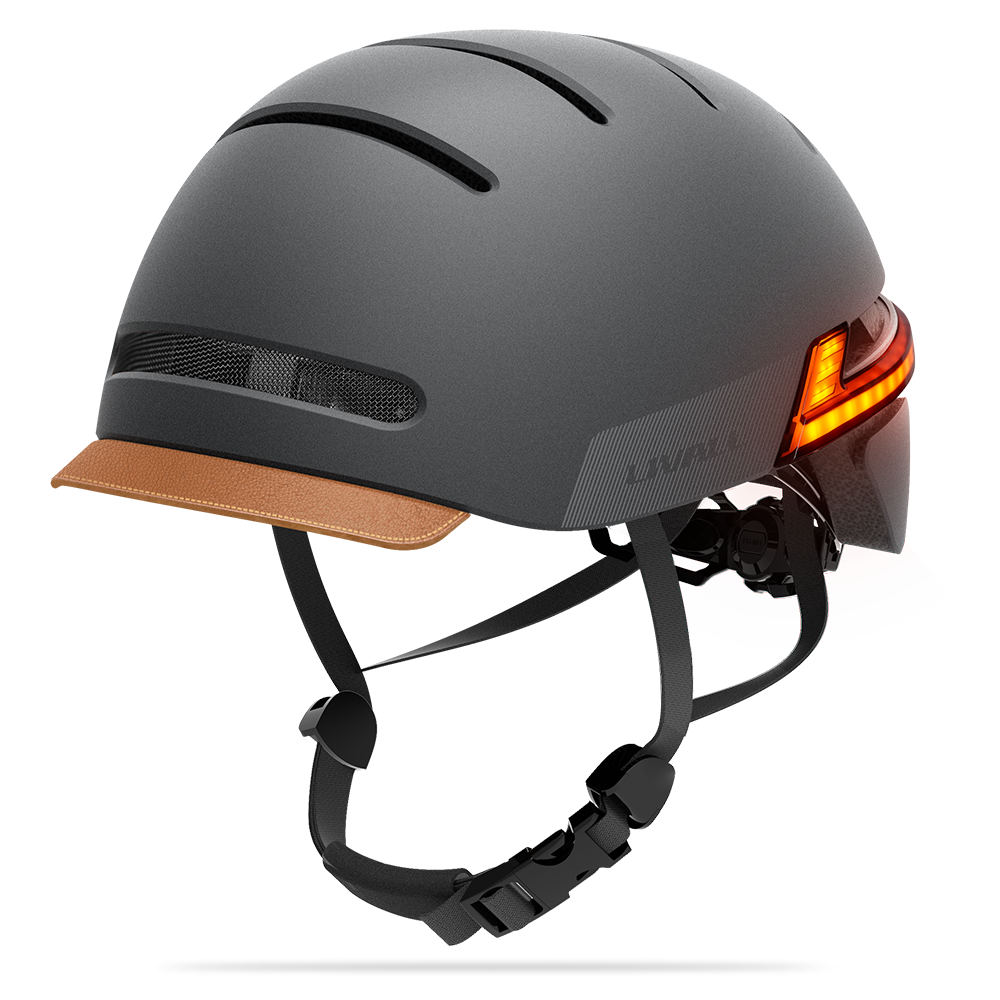




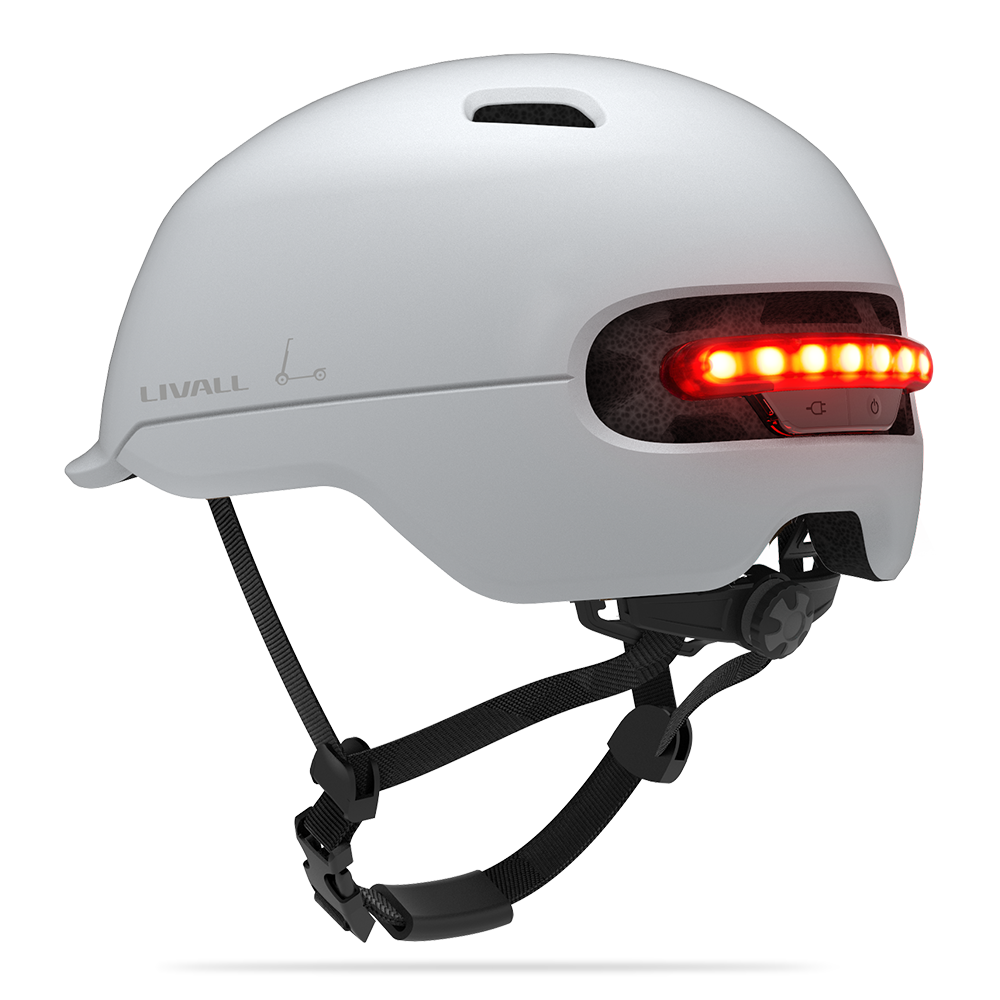
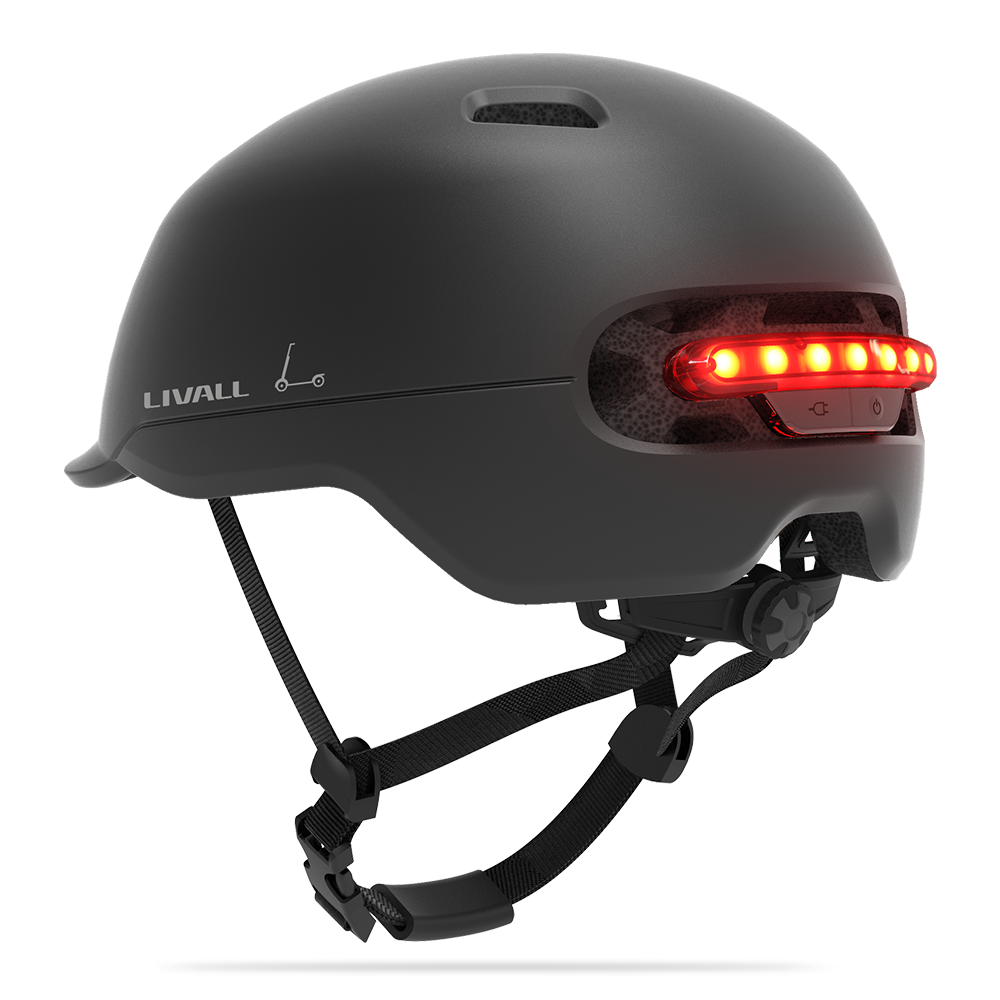
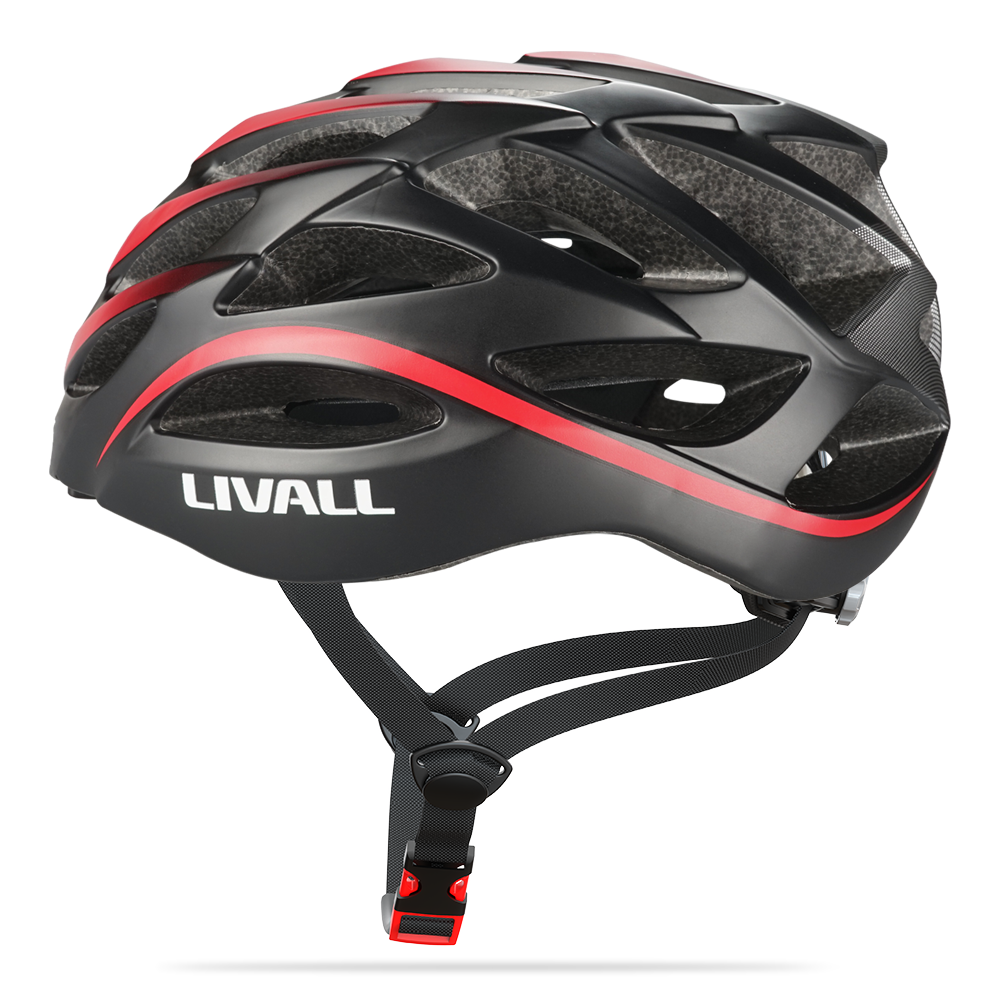
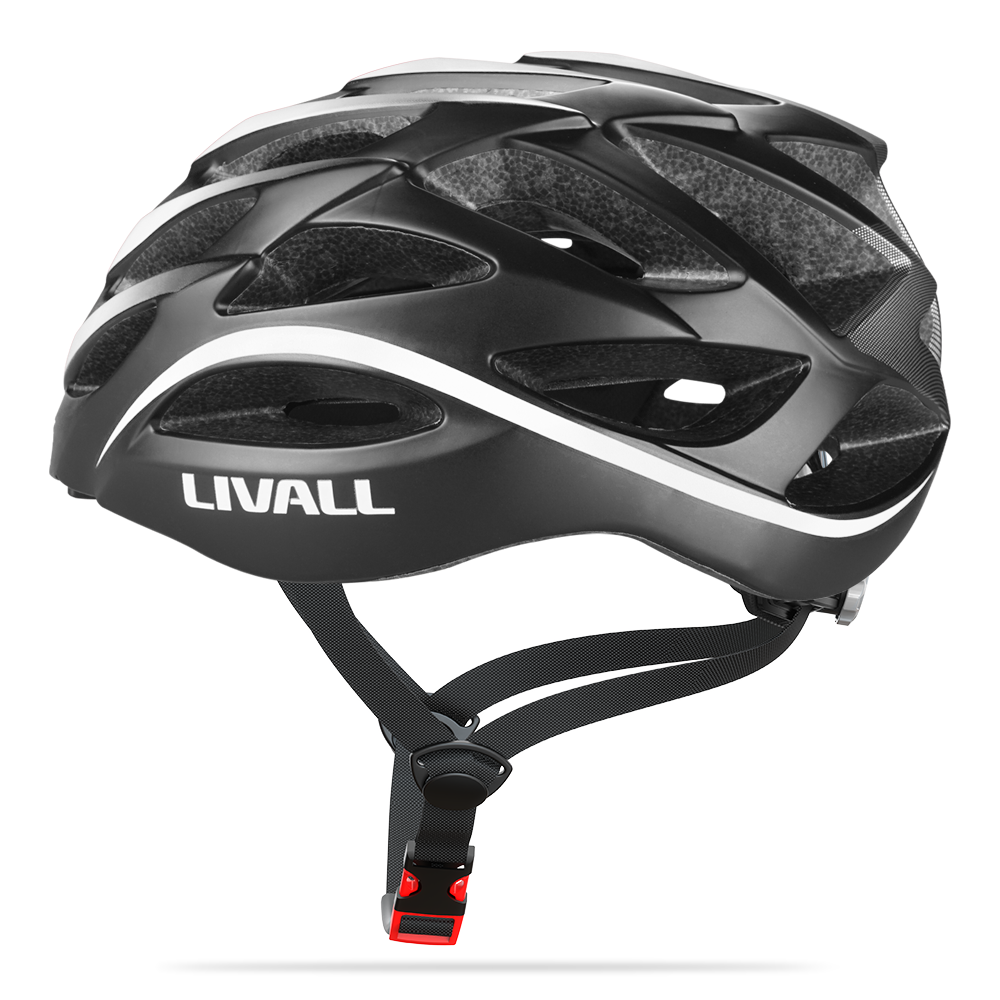


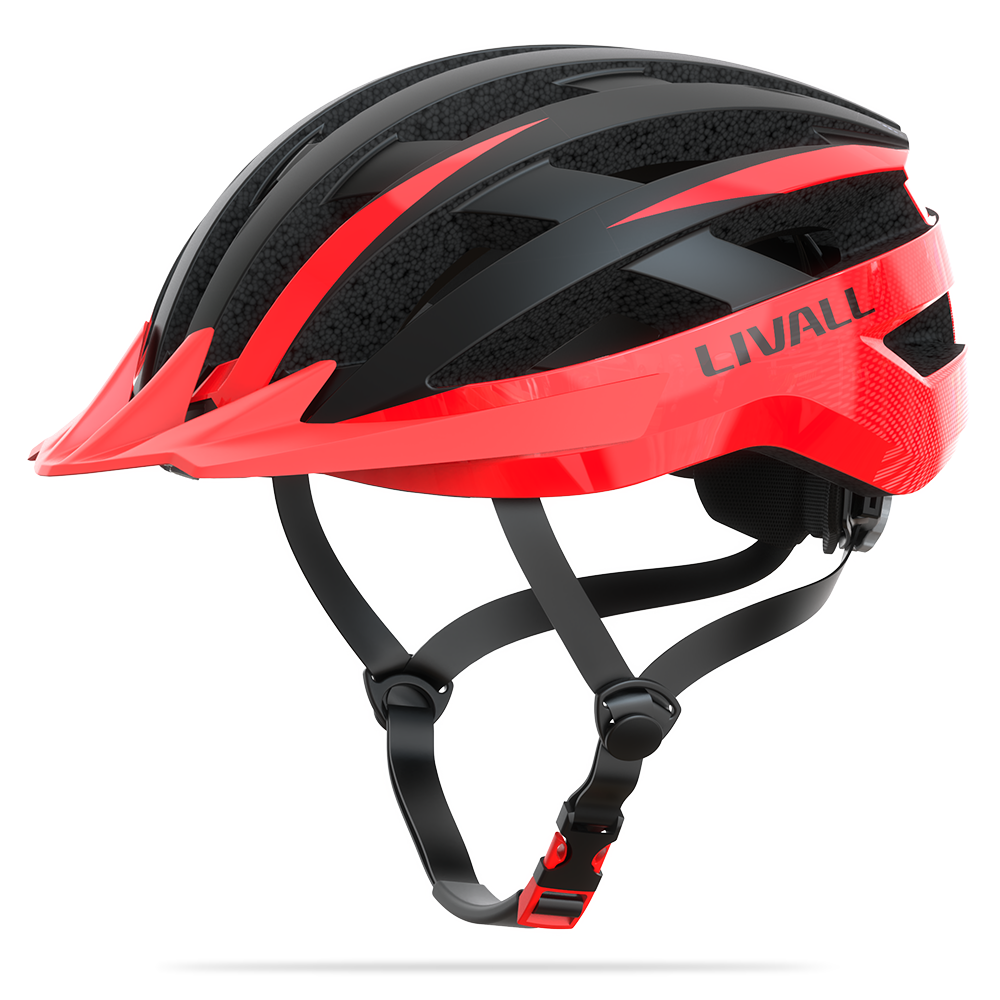

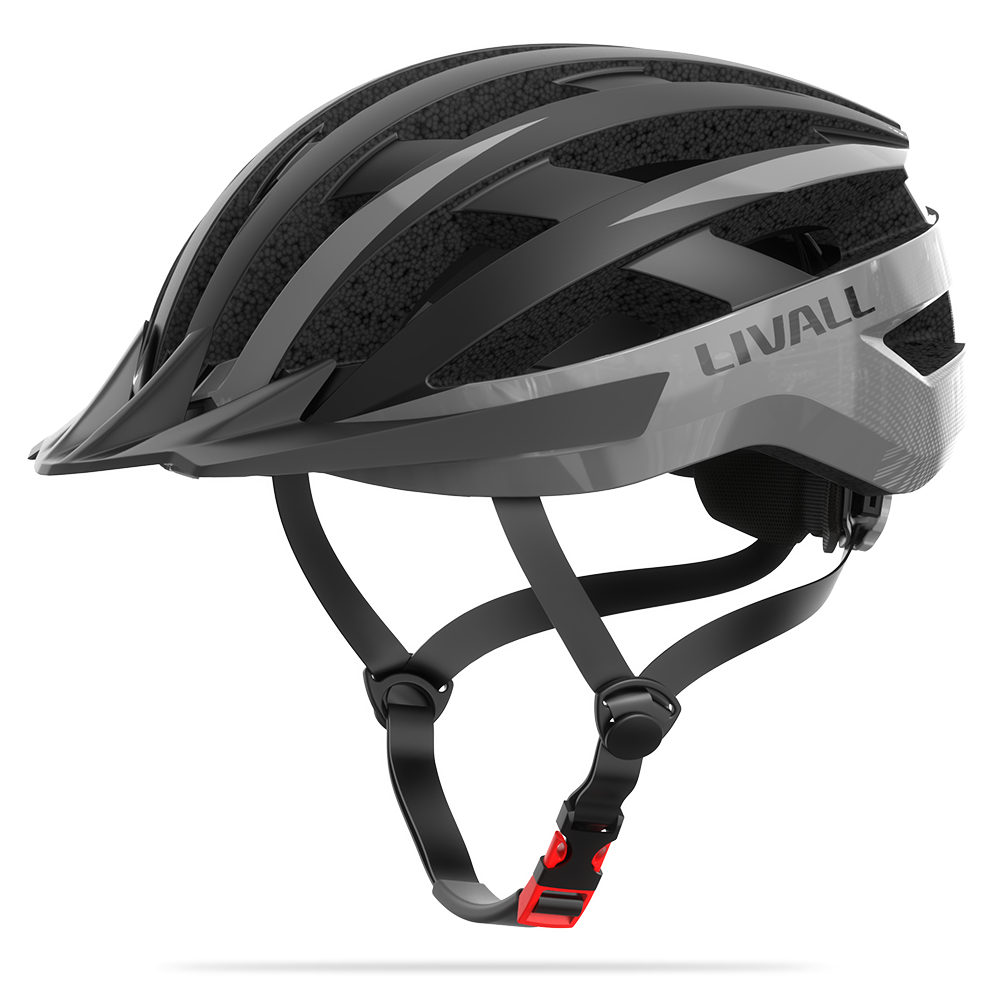
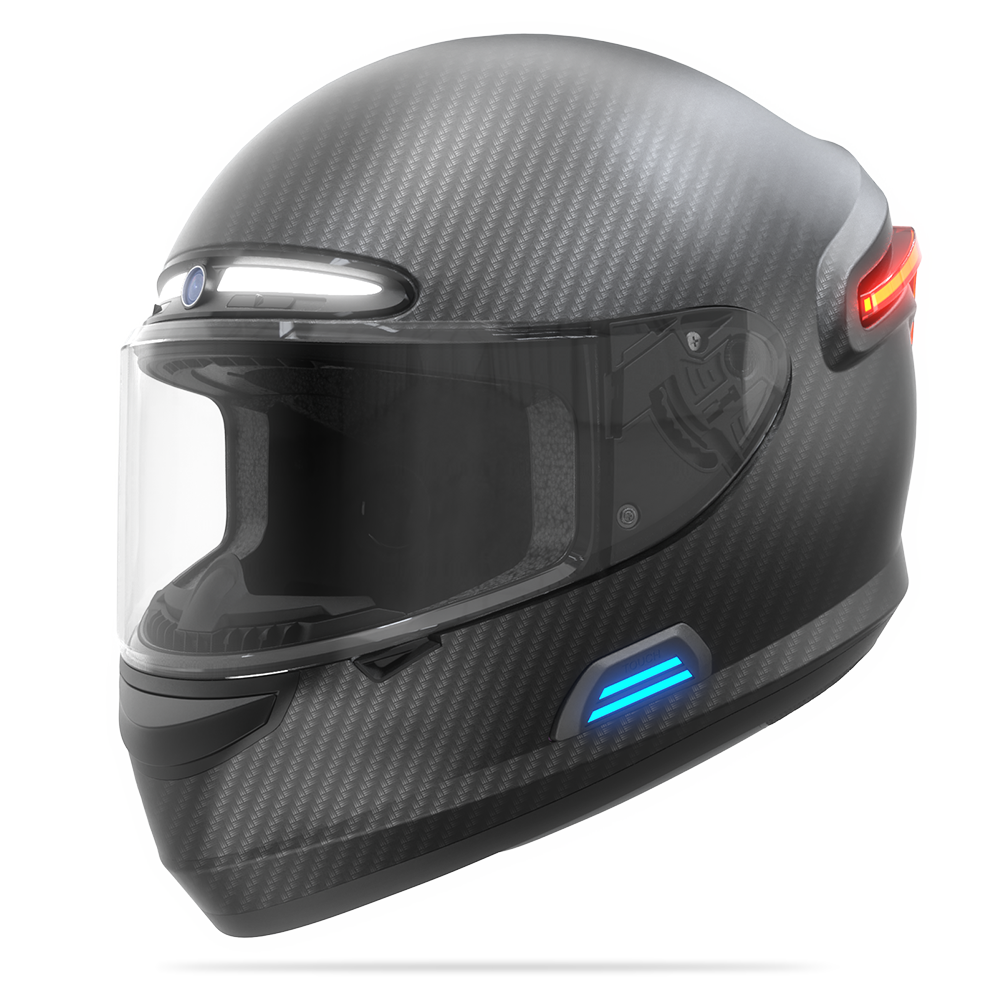


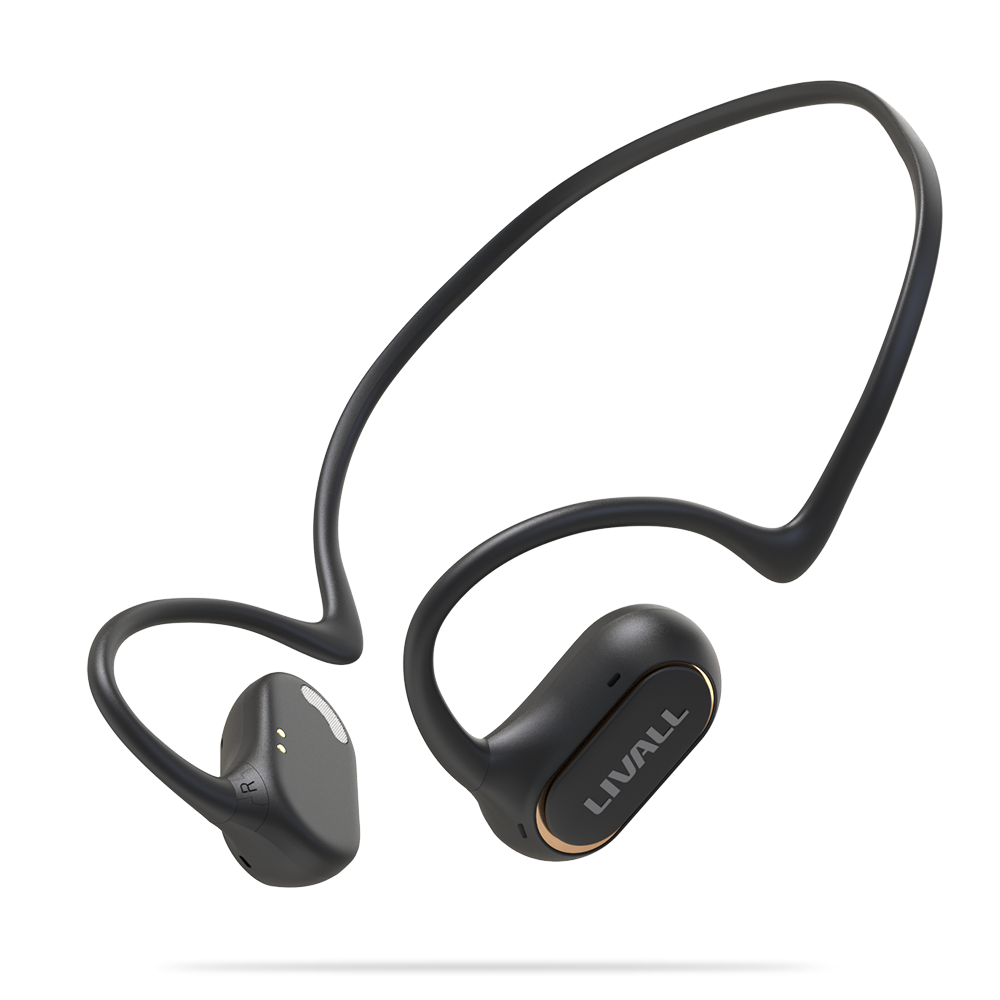
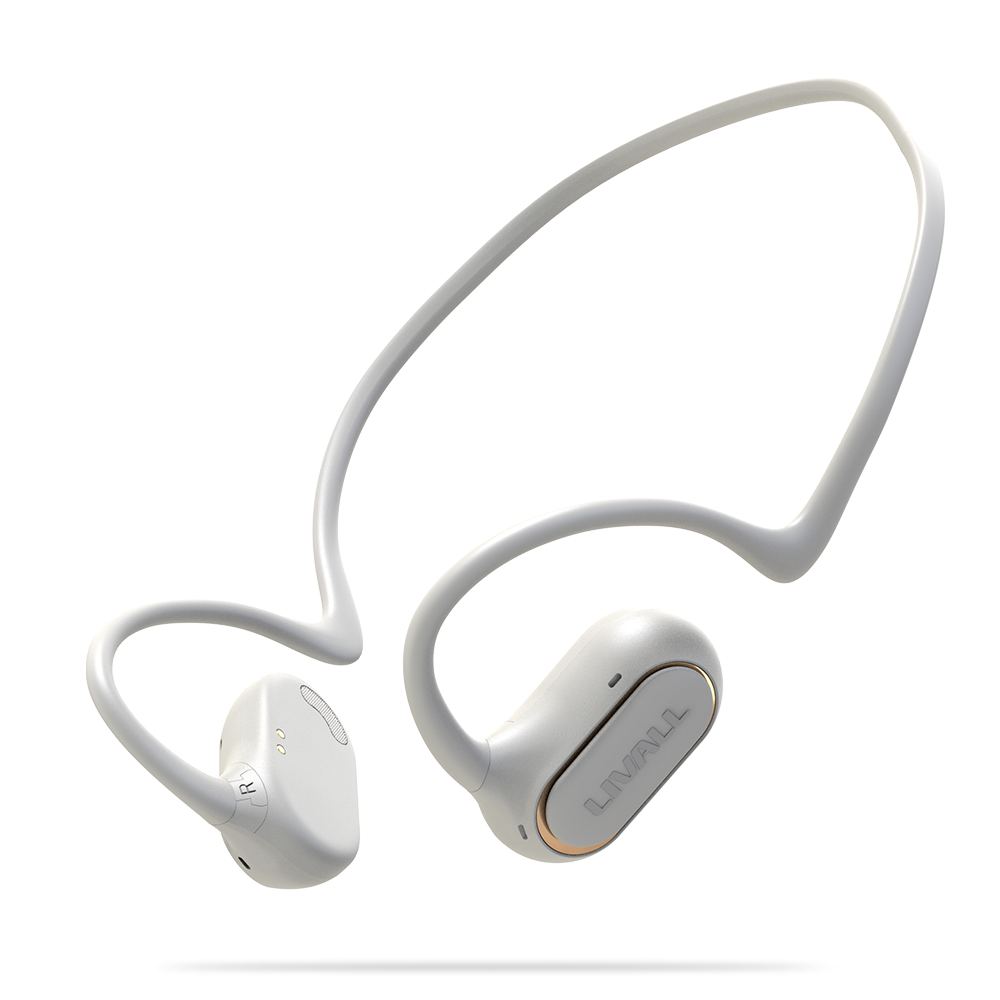

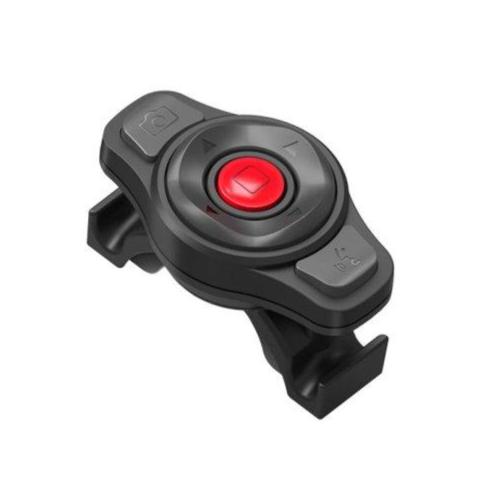
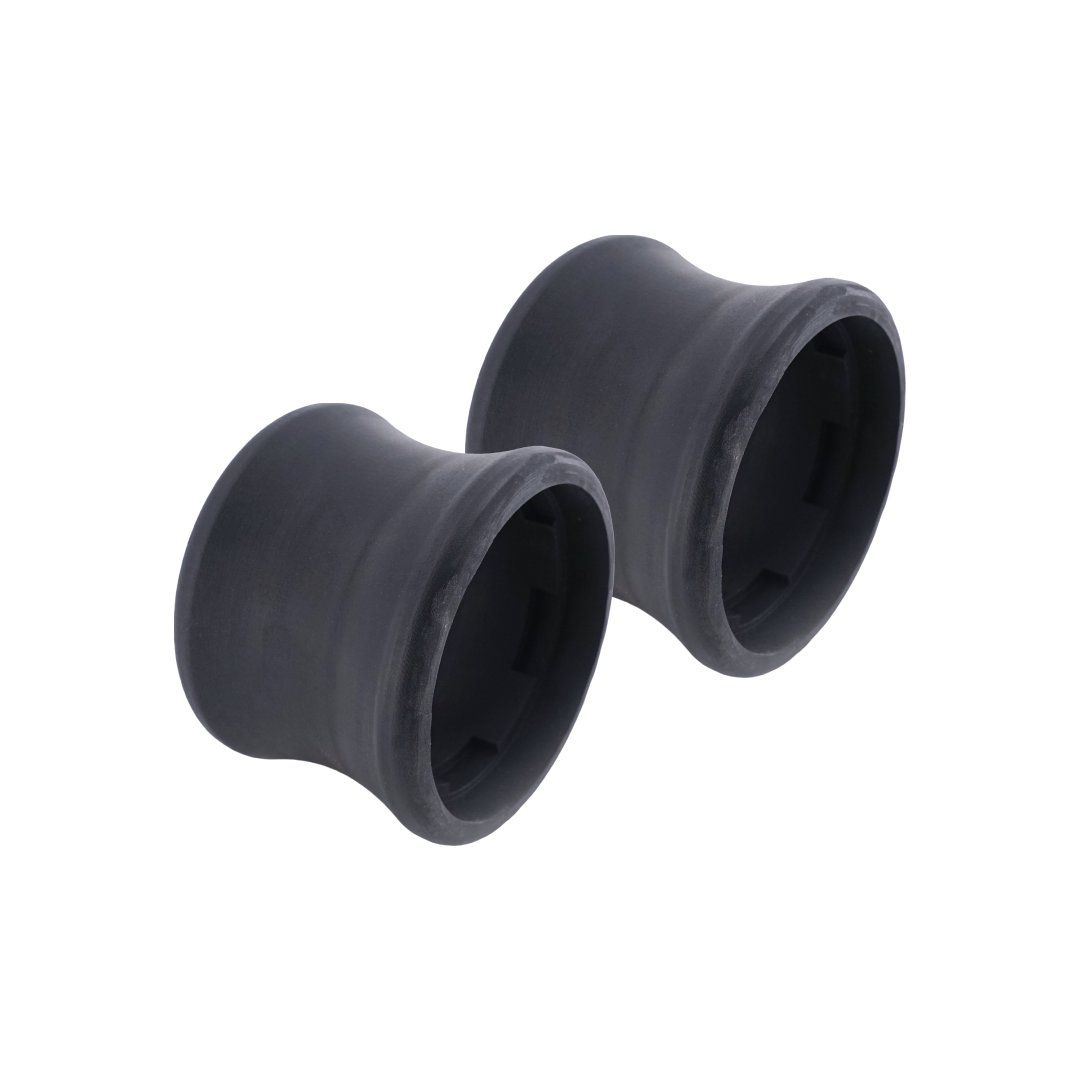

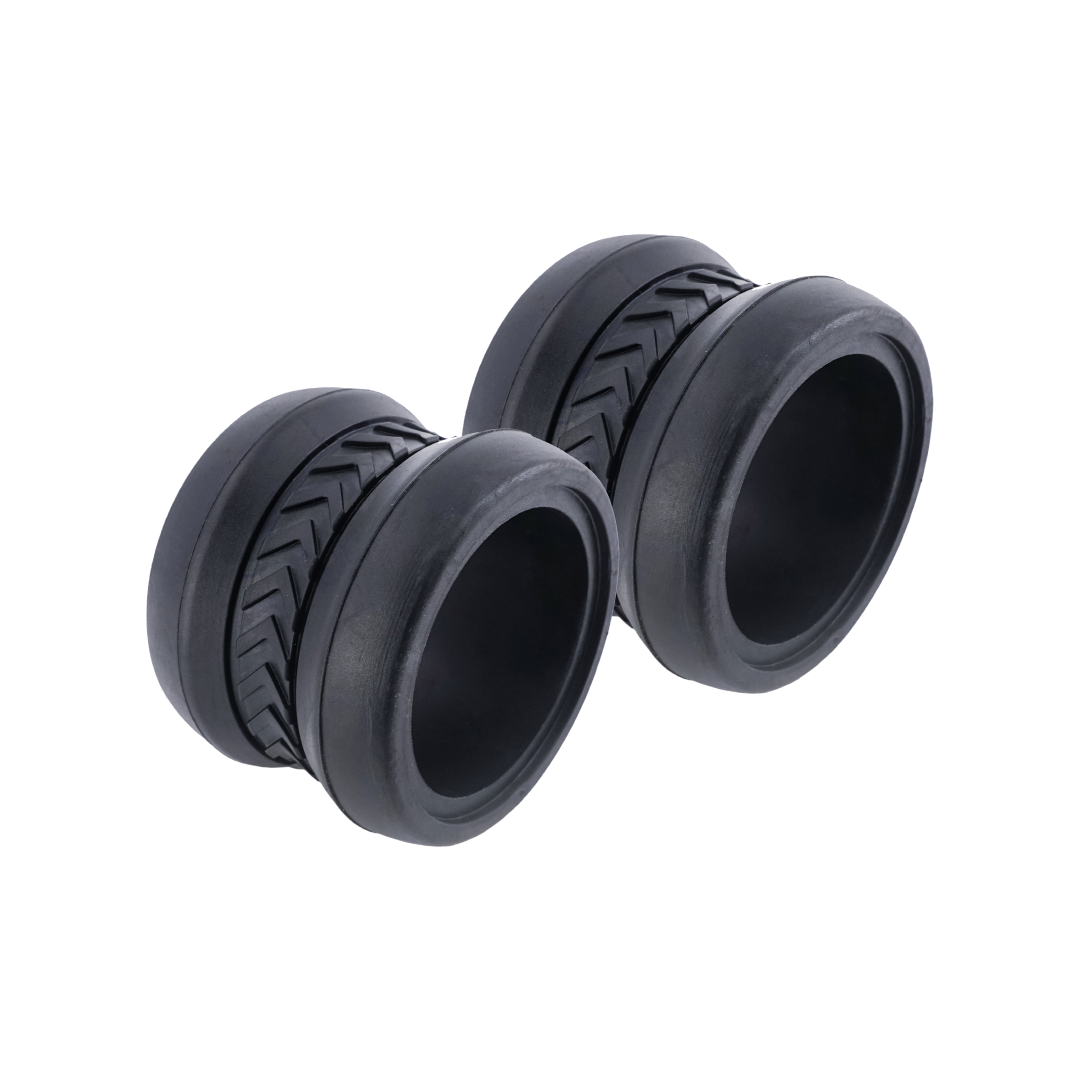
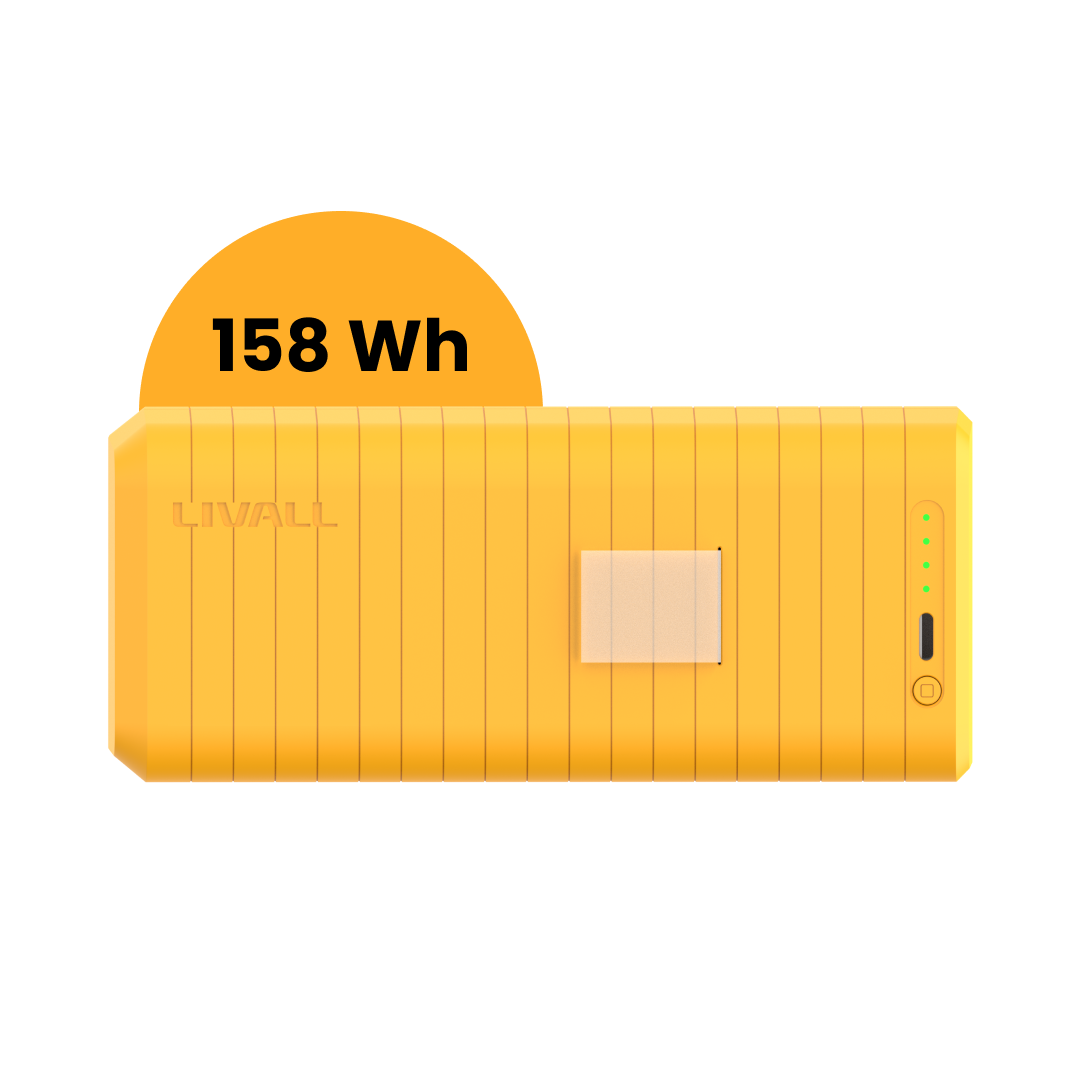
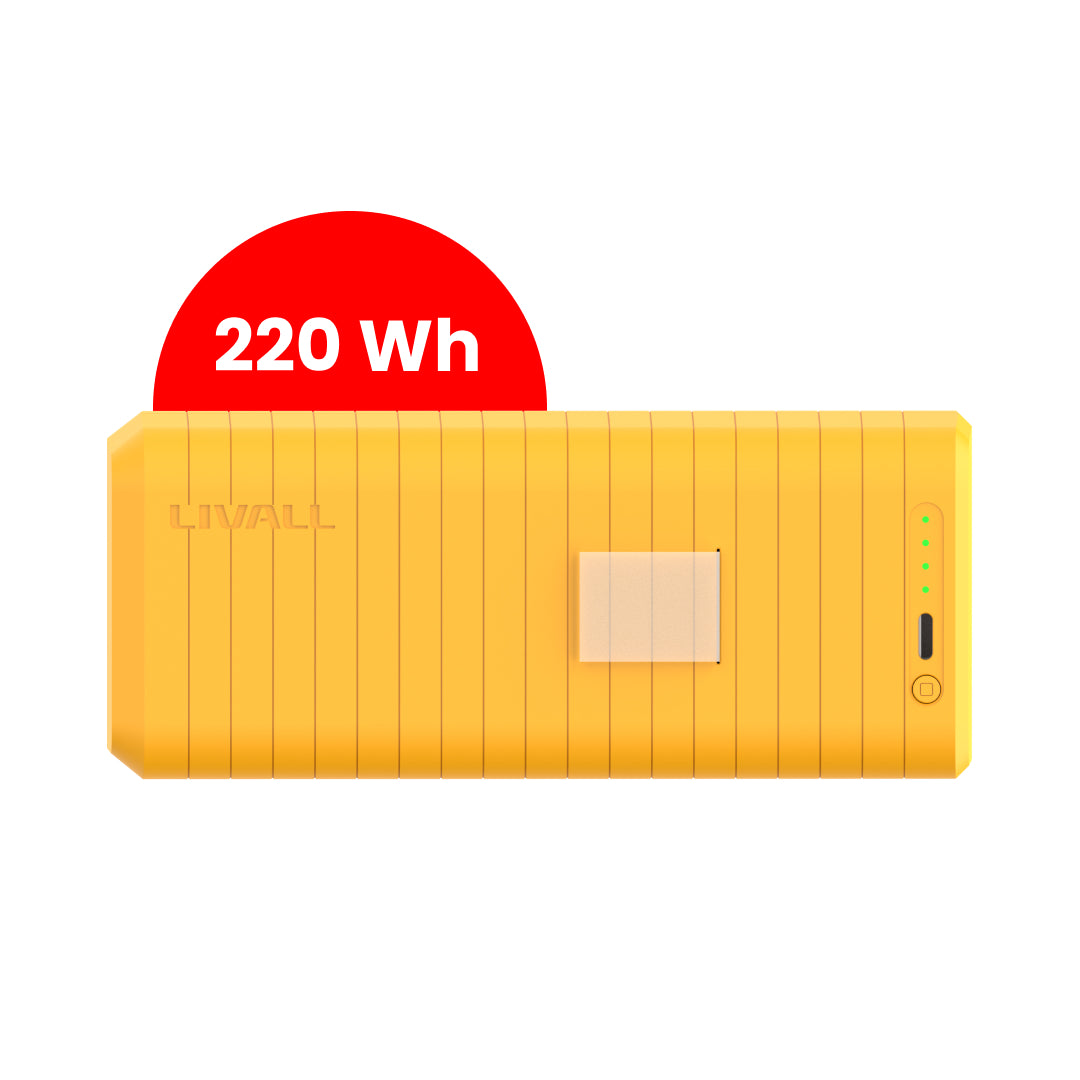
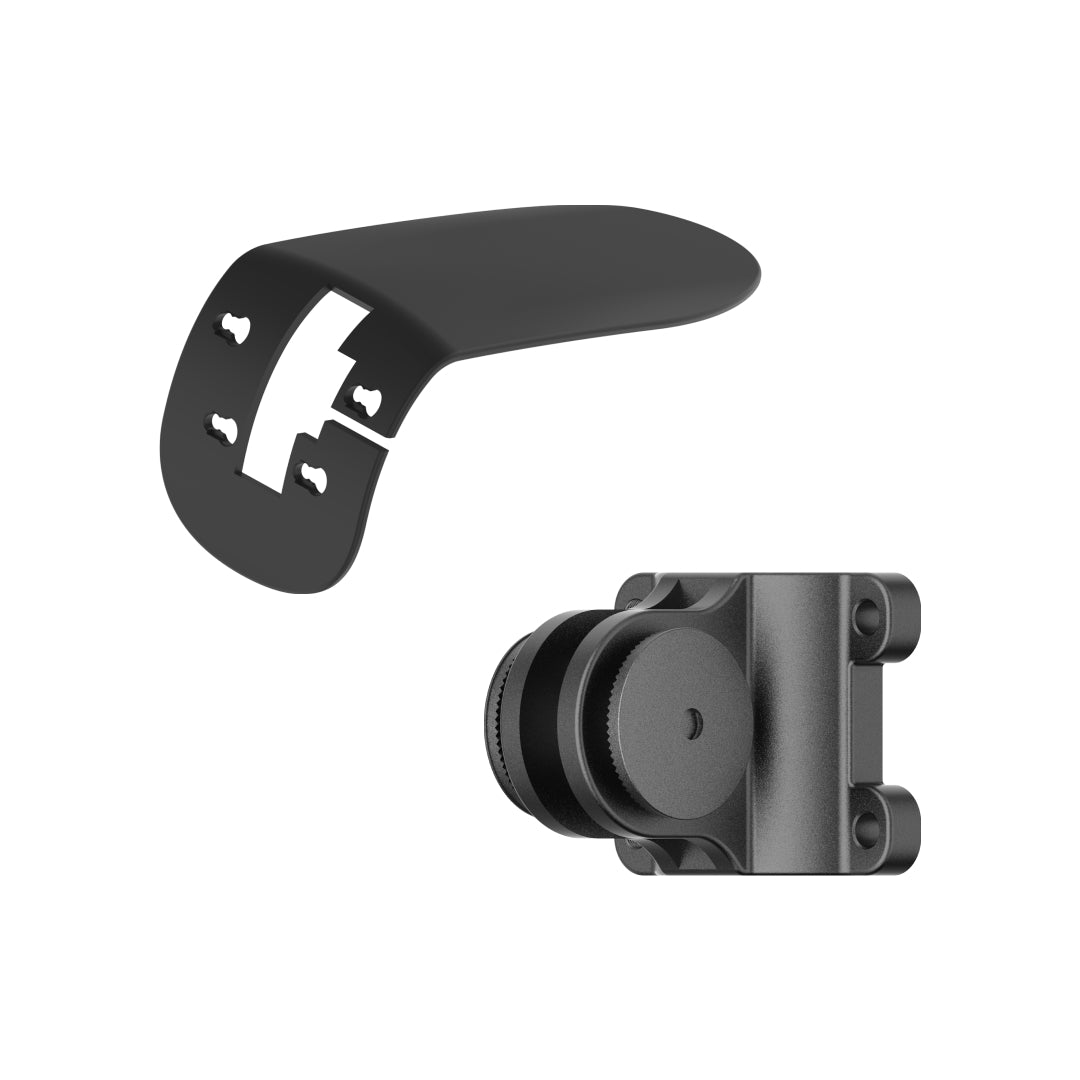
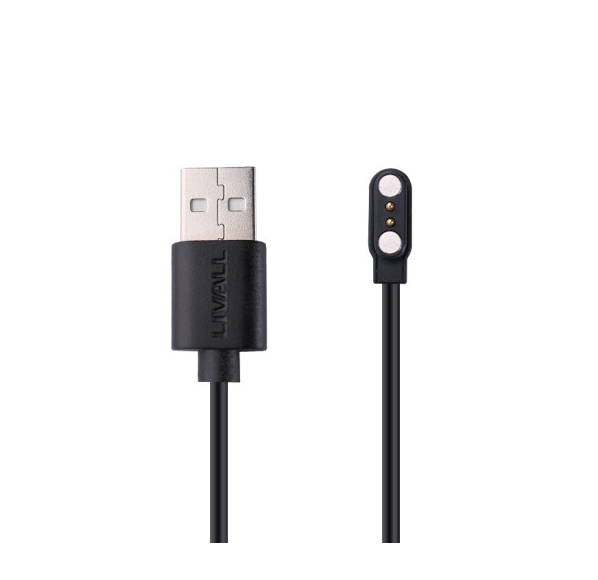
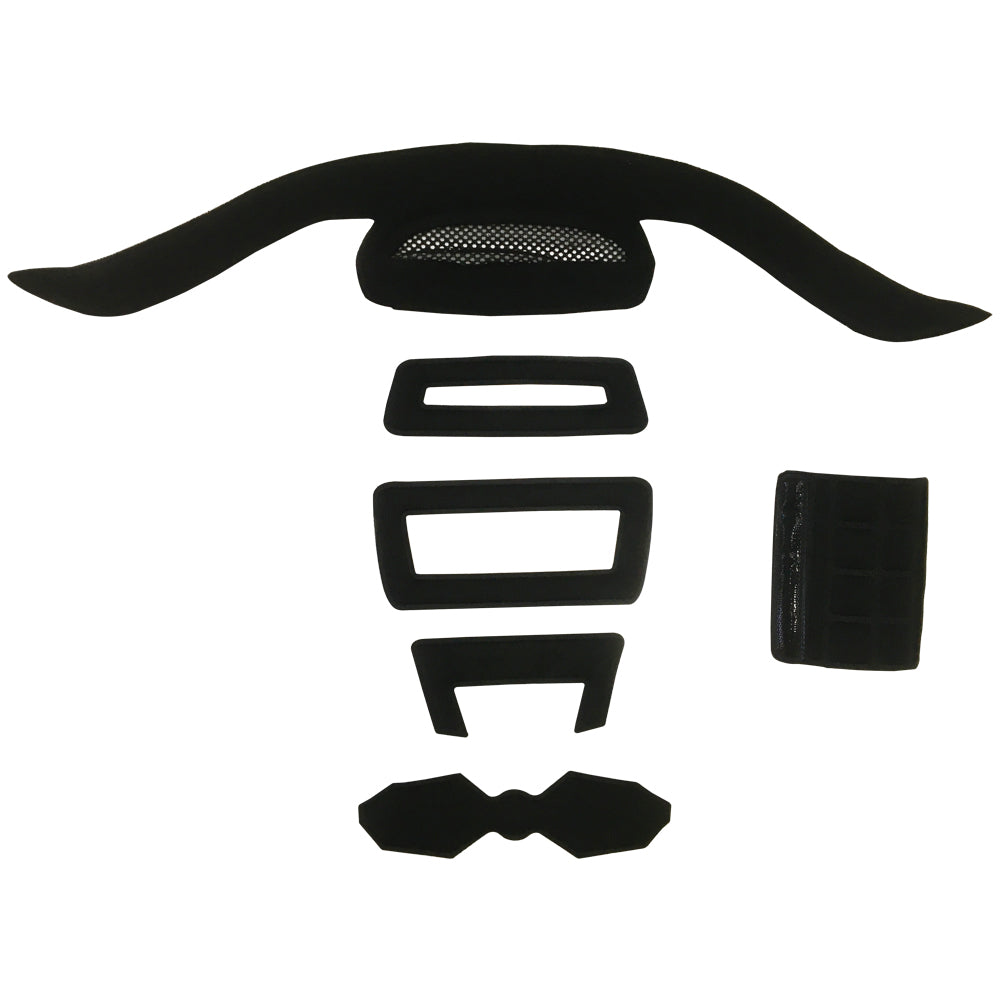
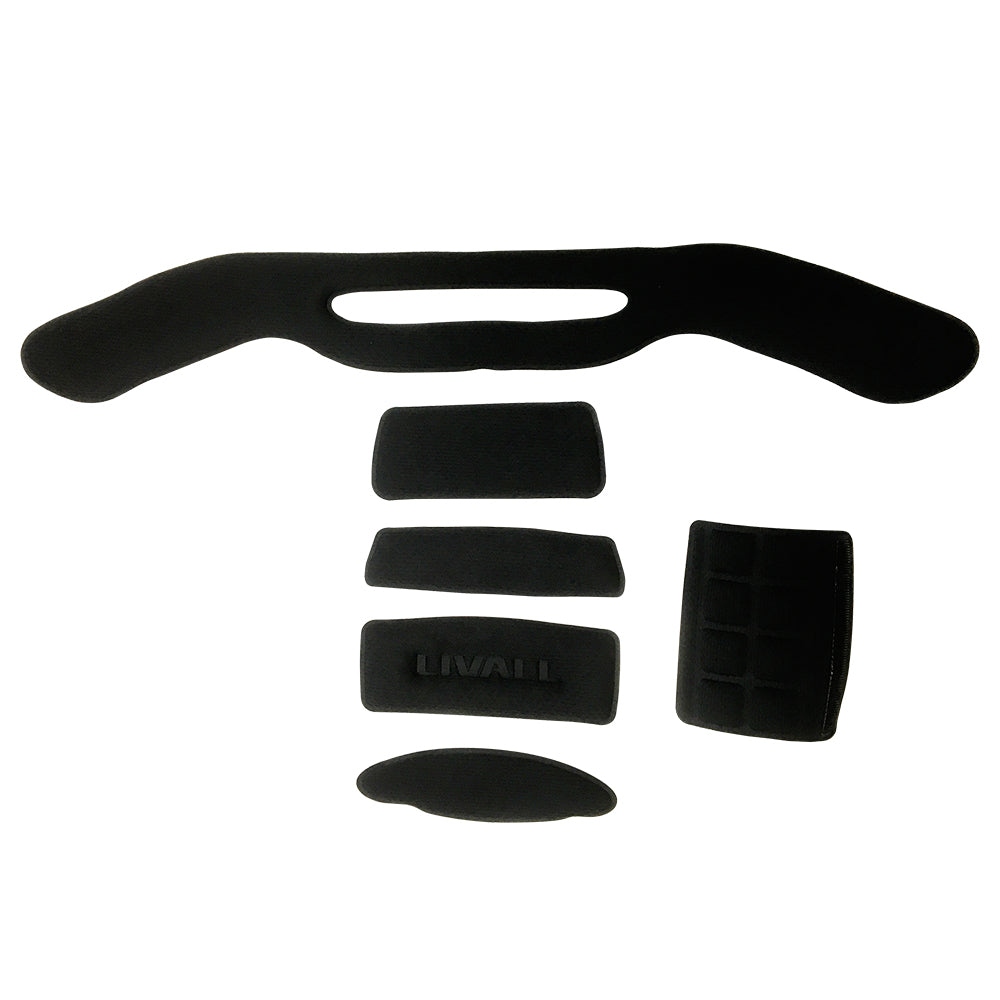
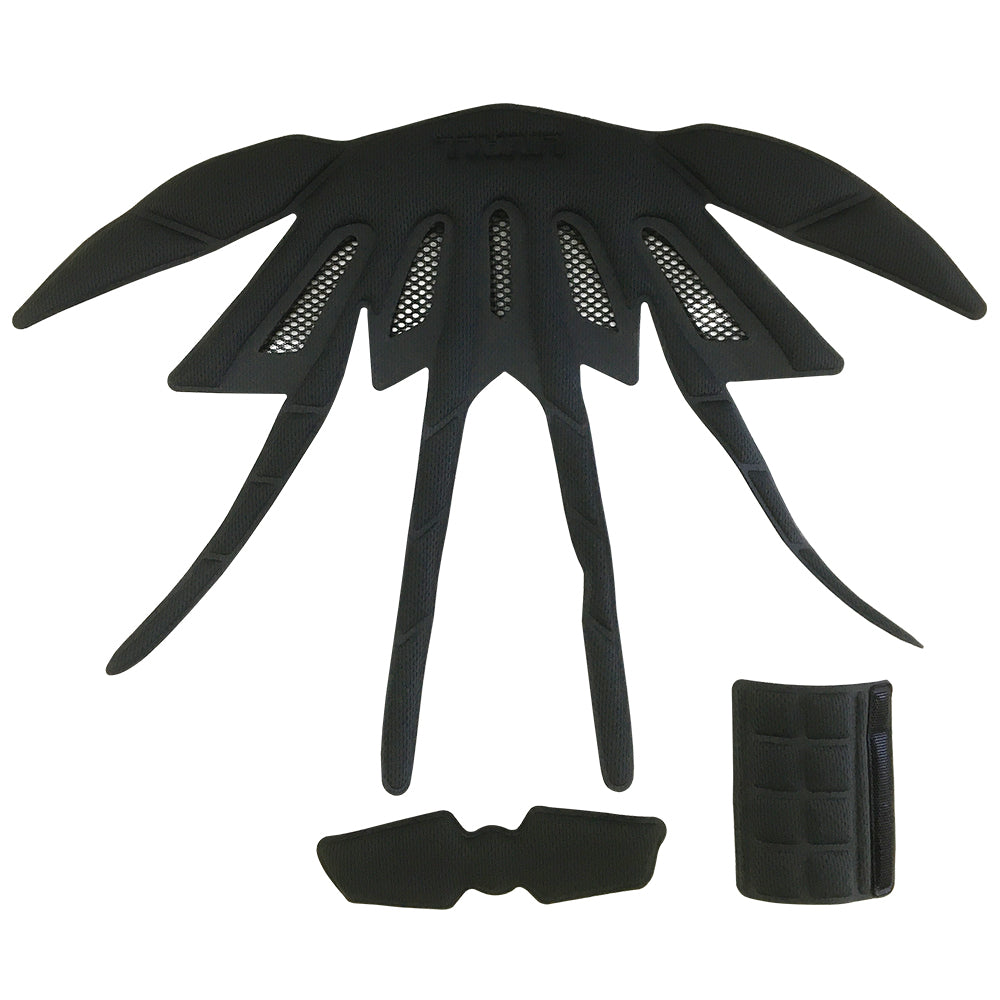
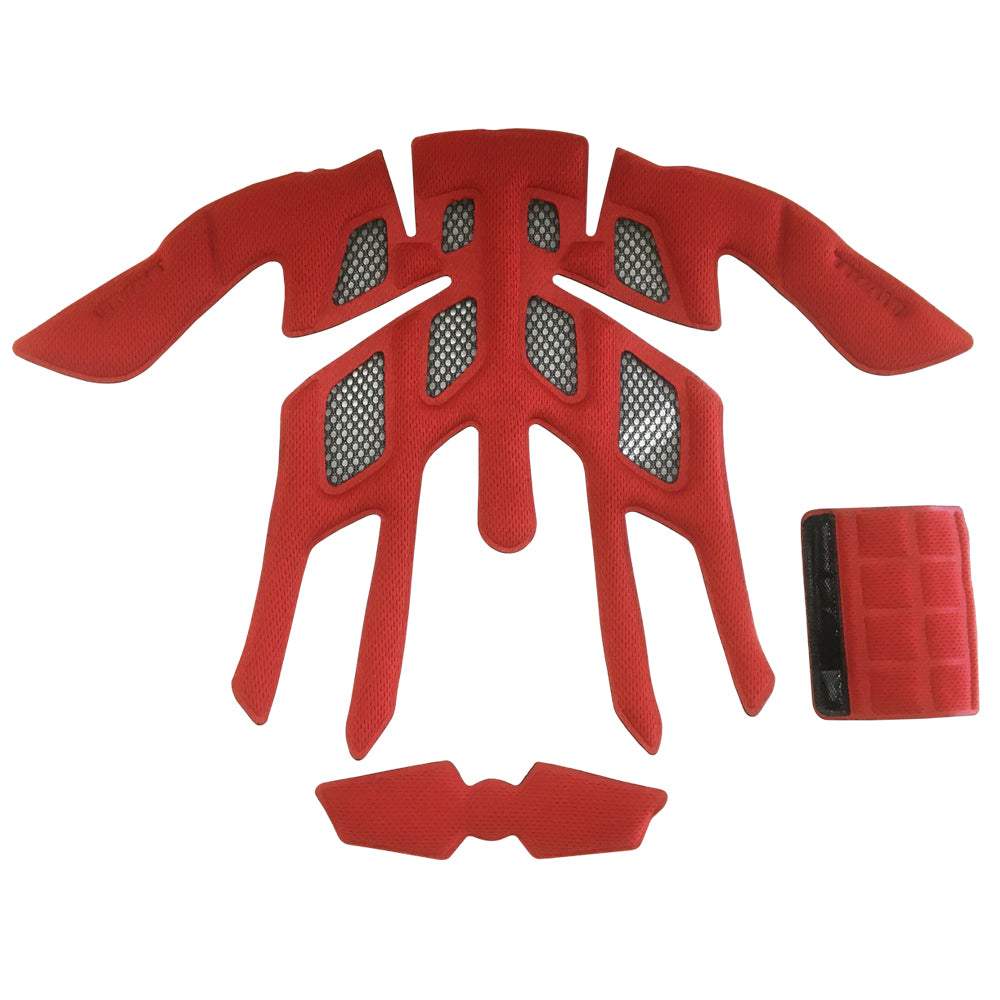
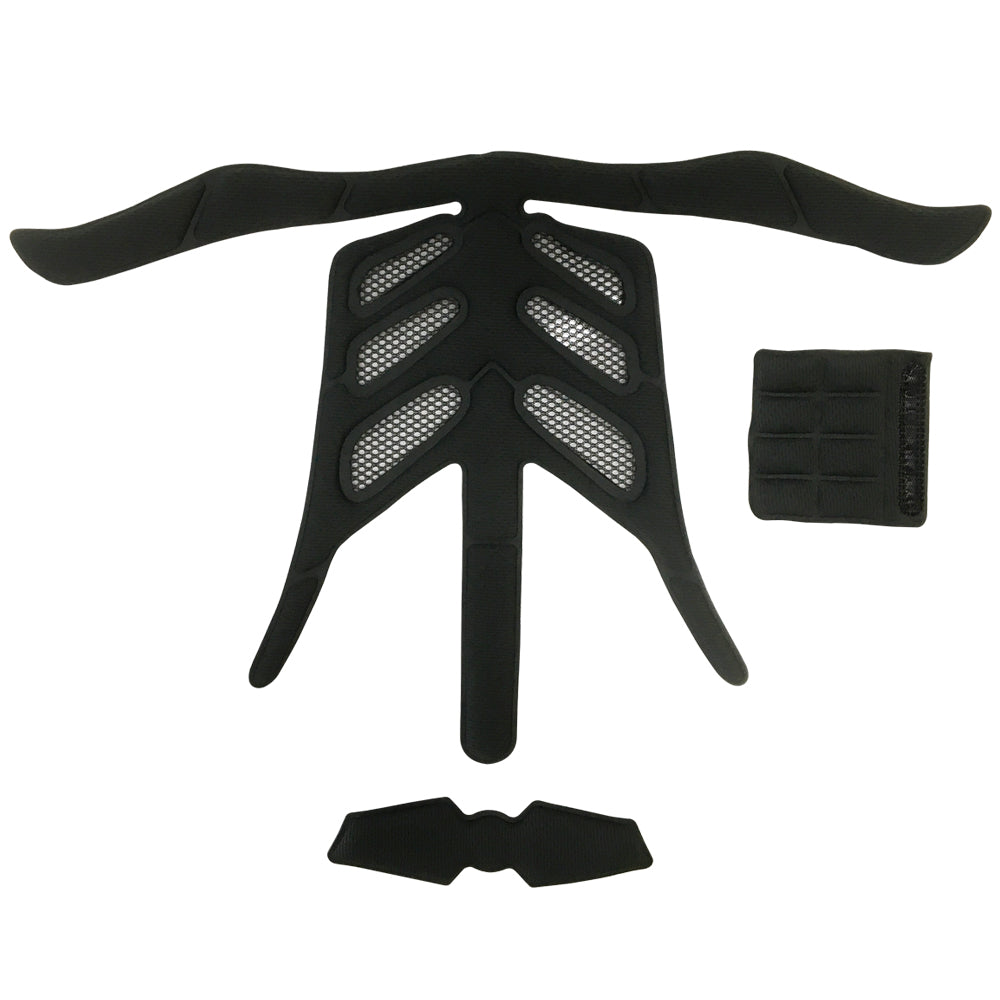

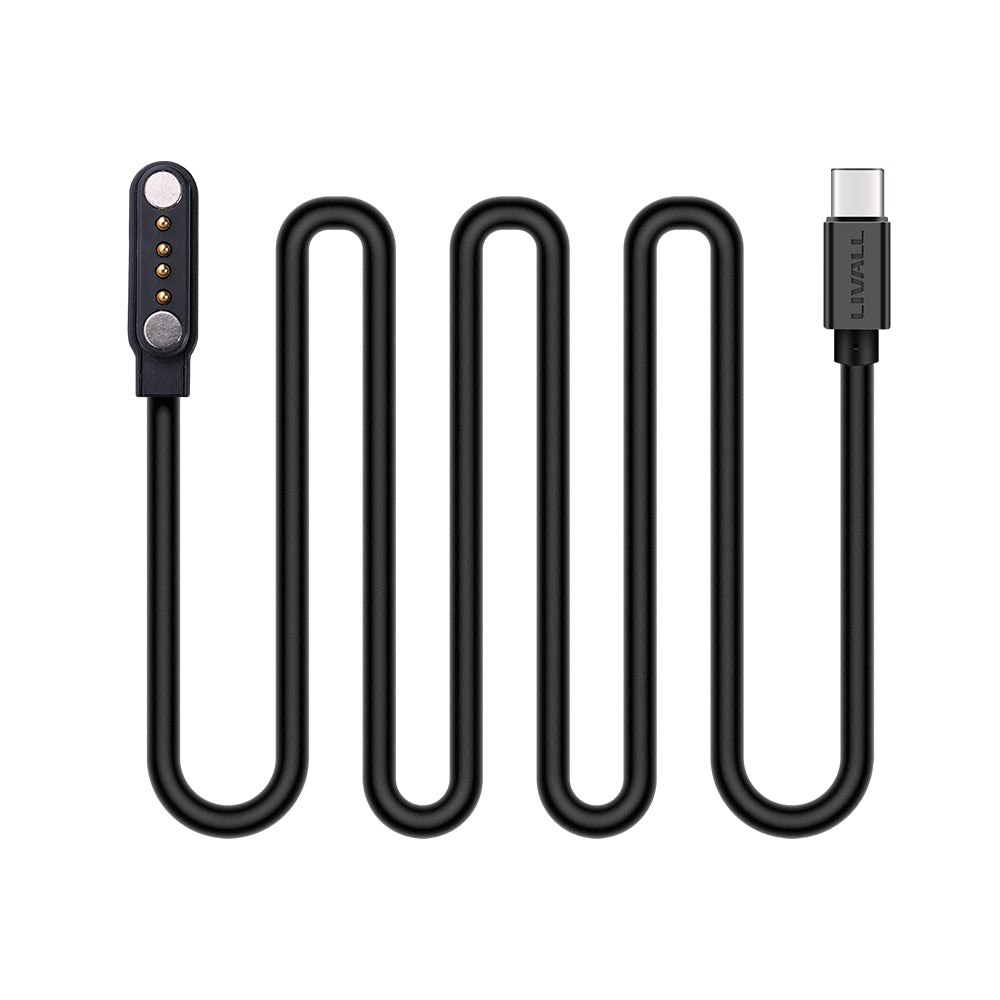

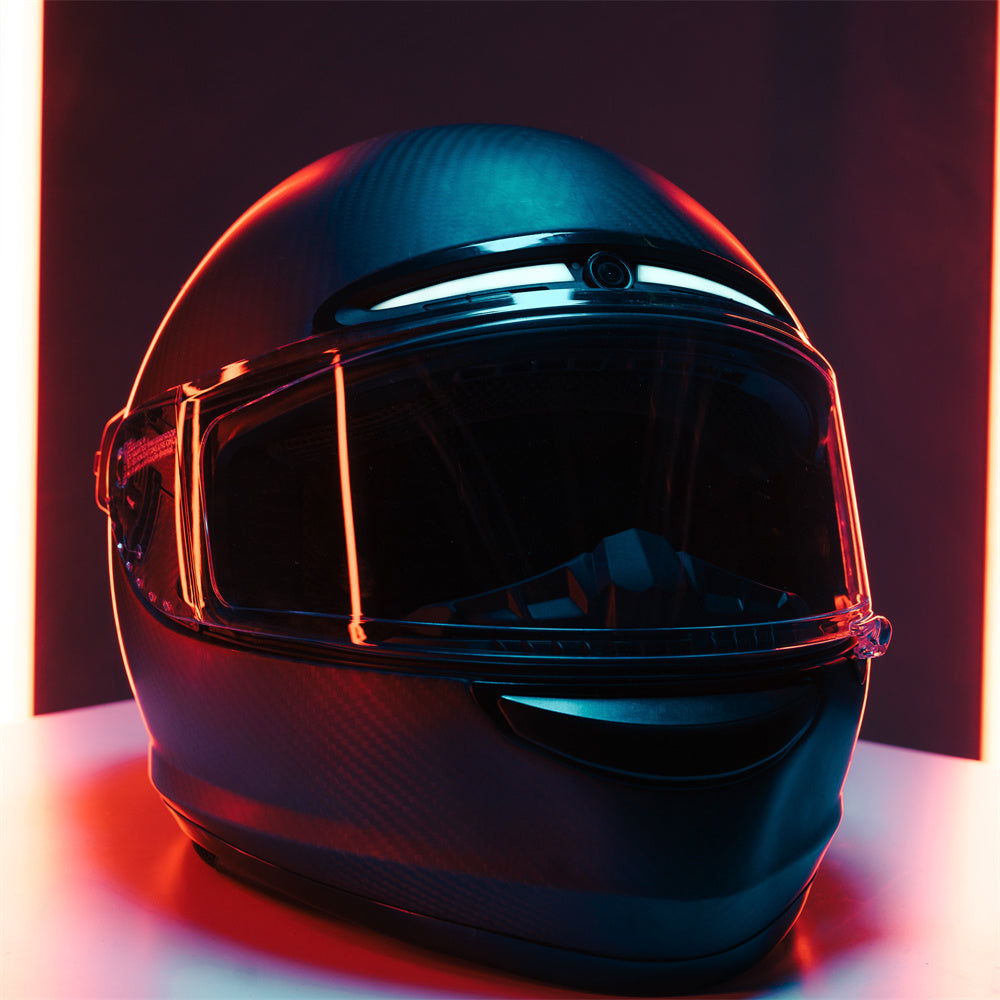

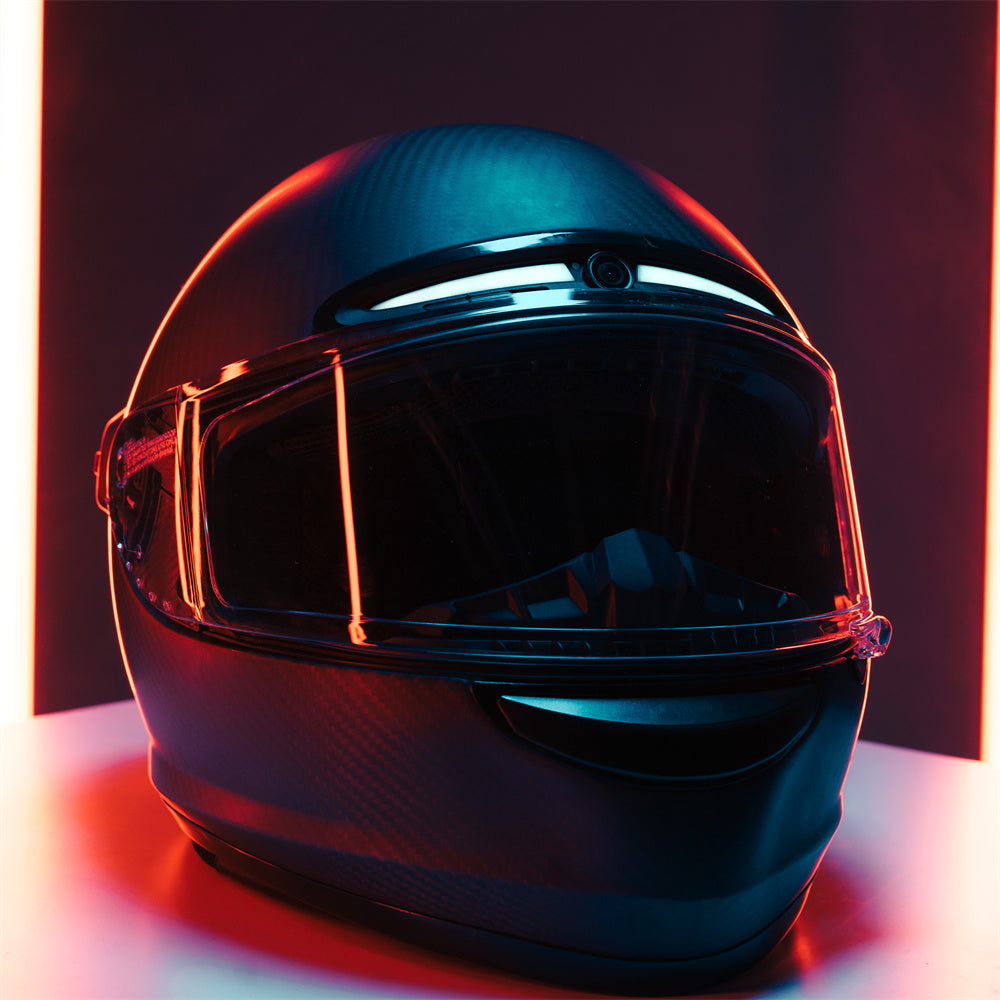

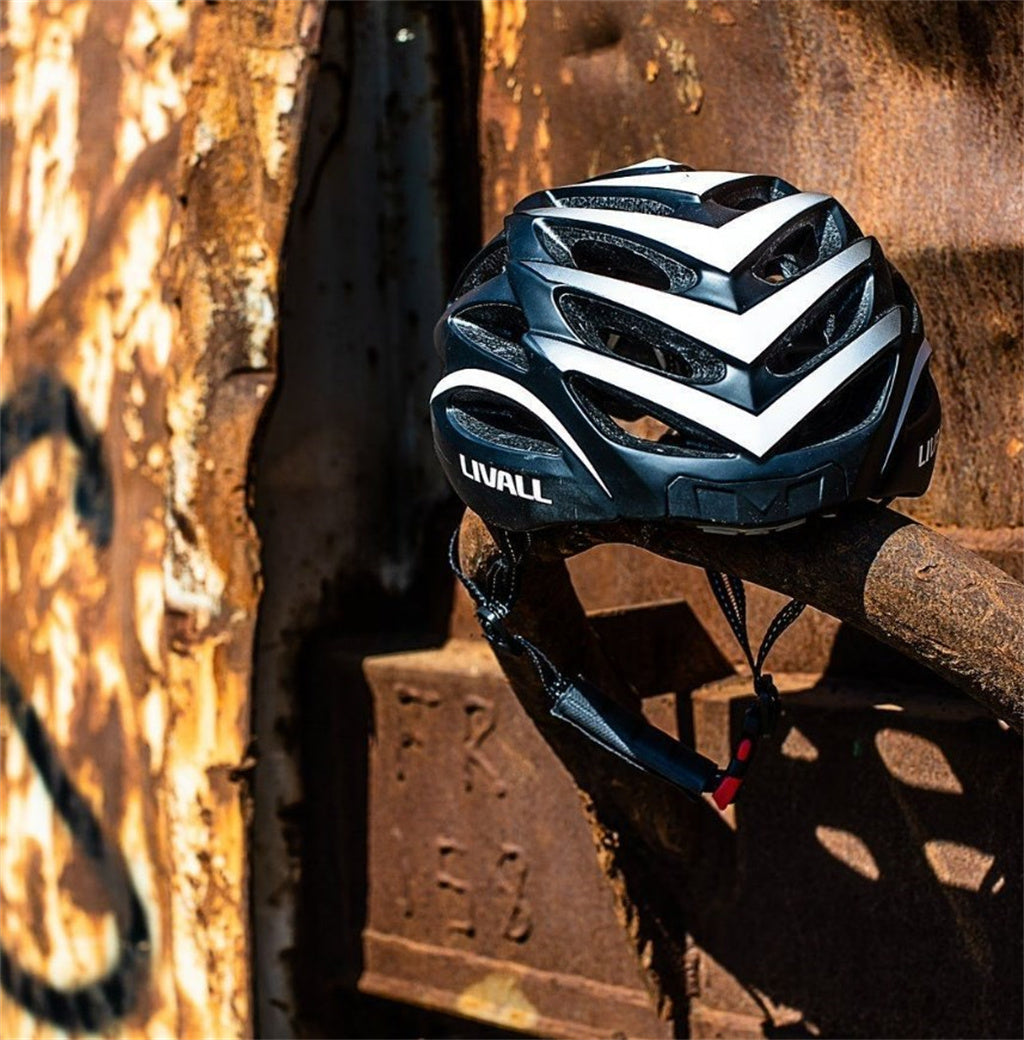
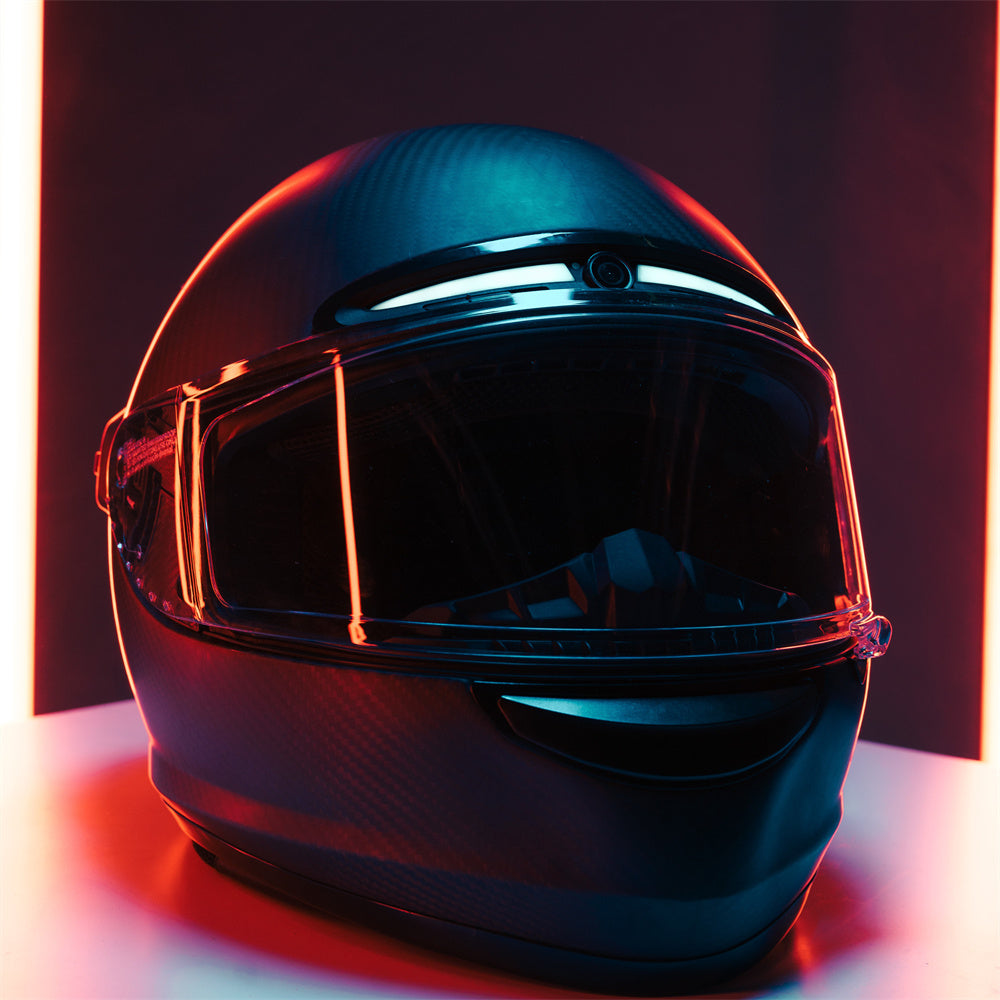
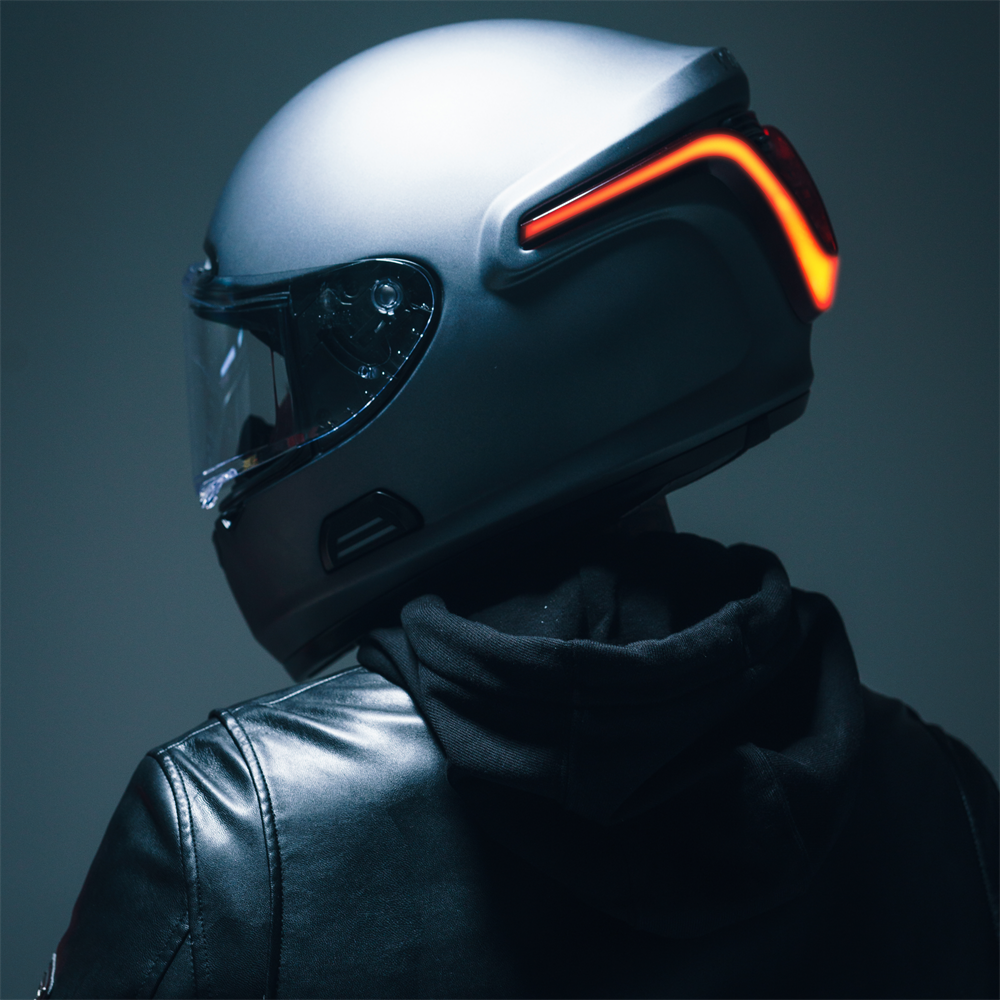


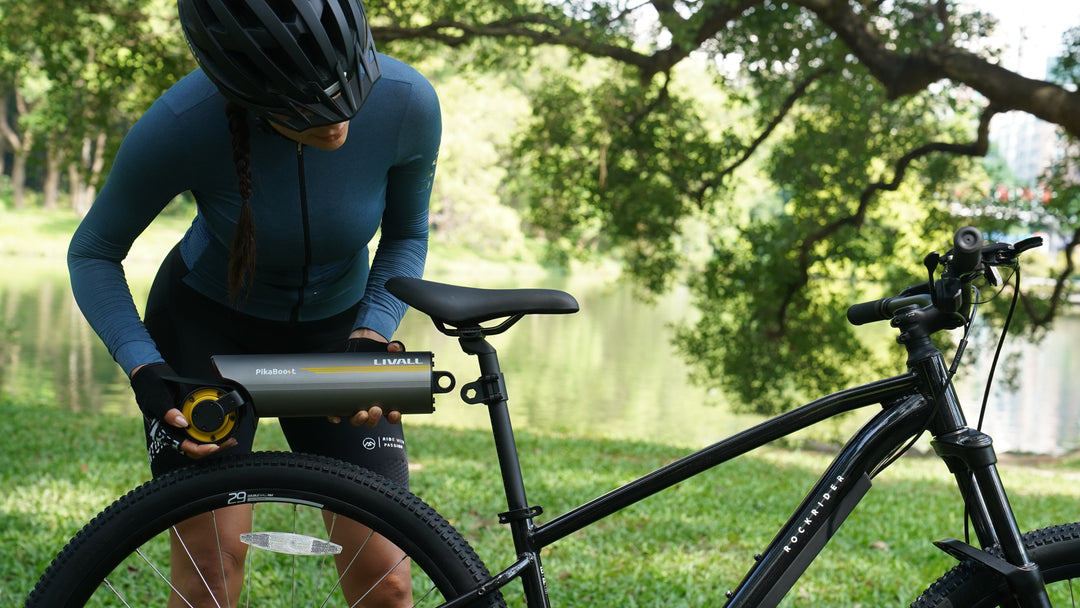



Leave a comment